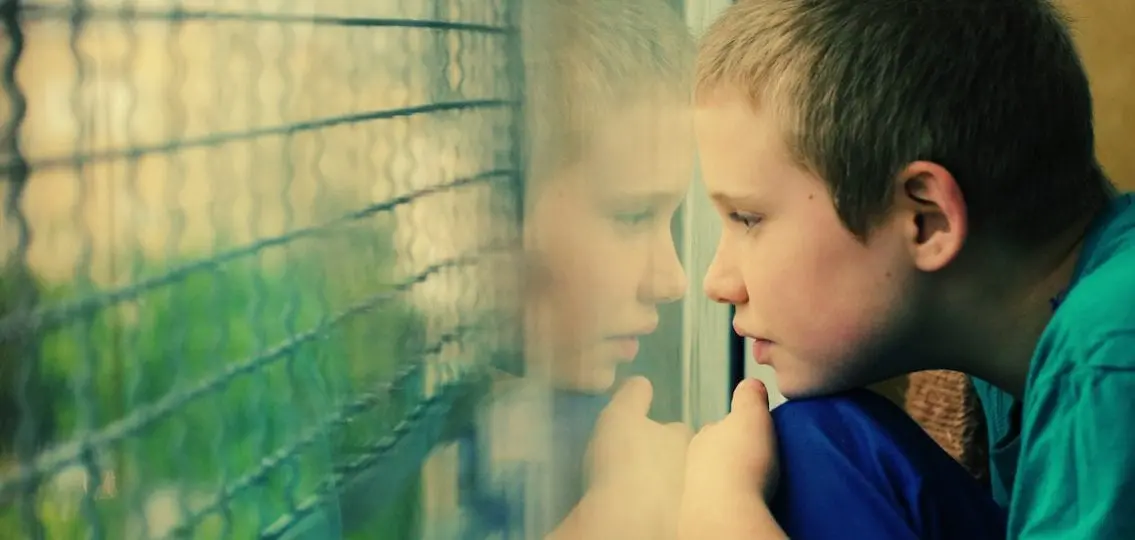Like so many other parents, I was stressed when schools closed in March 2020 due to the coronavirus pandemic. How long was this going to last? What was I going to do with the kids home 24/7? Having a child with moderate/severe autism, I was doubly stressed about filling the day for my son who needs so much supervision. He doesn’t keep himself busy on his own, so I became his personal concierge.

I knew we needed a schedule. We began walking every day. Thankfully, my son loves to shoot hoops and we added yoga to that,10 positions in just 10 minutes—but, hey, it was 10 minutes filled.
We played games and did chores and, of course, there was more screen time than usual.
Eventually schools started to figure out virtual classes and we began that as well. My son goes to a charter school specifically for students with autism. These kids can’t sit at a computer for six hours and most can’t do virtual school independently. So, I sat side by side with my son for classes.
At first this whole Zoom thing threw him. Whose turn is it to talk? Who’s talking to who? It was very confusing and anxiety-inducing for him. Little by little, he got the hang of it and I was able to move to the other side of the table from him and sometimes even the next room.
How the Teachers Helped My Son:
Sitting side by side and even listening from the next room, like a laundry-folding fly on the wall, I learned a lot.
- My son has always loved going to school and I realize now that one of the reasons must be because he feels included. Whether it’s reading or answering a question, he always gets a turn.
- The teachers and therapists are incredibly patient. They wait for his answer. Some days he is on it and an answer is immediate, but he does sometimes have a processing delay. They give him time to process and if he doesn’t come up with an answer, they phrase their question a different way.
- They don’t coddle him. They accommodate his needs, yes, but they talk to him like he’s the young adult he is. They respectfully ask a friend to help him out if he doesn’t know an answer and they thank him for trying.
- They reinforce positive behavior with positive responses: “Good job” and “Yeah, baby!” They don’t say “No” or “That’s wrong.” They gently give the correct response.
Inclusion for Students with Autism Outside of School
So many times—in social situations with friends, family, or new acquaintances—my son is ignored. Many struggle with inclusion for autistic children. No one is outright rude. They just don’t expect much response from him and don’t know how to engage with him. It’s not mean-spirited. My son is quiet and people don’t always think he’ll be interested, even though he is but he just doesn’t always show it.
In the past, I haven’t taken the time to explain these delays in processing, but now that I’ve noticed how the school staff works toward inclusion for students with autism and expects him to participate, I’d like to see others do that too. I think most people are more than willing to do this—they just need a little guidance.
In an environment of inclusion and acceptance it is much easier to grow and flourish, so these are the tips I’ll suggest:
- Pose a question and wait. He will likely give a response if we wait just a bit. If not, we can pose the question again.
- Asking a yes or no question is easier, while an open ended question can be more challenging. Giving a choice is another good way to go. “Do you like this or that?” or “Do you want this or that?”
- If we’re passing around a picture or showing something on our phones, we need to include him too. He may not respond, but he appreciates being included.

During virtual classes, I’ve observed school staff who makes inclusion for students with autism a priority. They are interested in what my boy thinks. They want him to participate and are willing to give him the tools and attention he needs to be successful. I’ve invested time and money in therapies and activities that teach my son to interact with the world. I now realize it is also my job to lead by example and teach others how to interact with my son.




